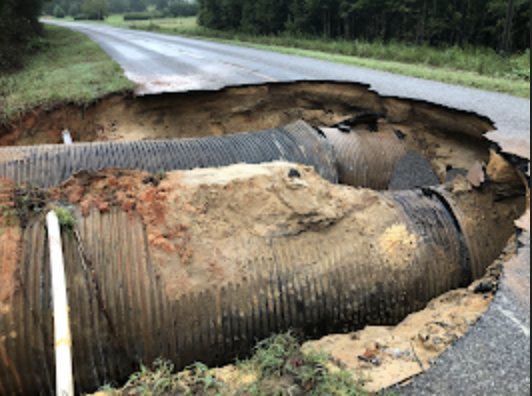Protect your garden during winter months
Published 12:00 am Wednesday, November 3, 2004
Protecting your home during the winter isn't the only precaution homeowners need to take as arctic weather begins to head in.
Many homeowners spend a chunk of change on flowers, plants, shrubs and trees to help beautify their homes. Several precautions need to be take to keep those investments safe during the cold, winter months.
Here are some winter gardening tips for homeowners throughout Crenshaw County to follow. Although winters are relatively mild in south Alabama compared to northern counties and states, several brief cold snaps will effect the area.
– Sometime after a hard freeze, clean up your perennials by cutting back dead stalks leaving two- to three-inch stalks and replenish the beds’ mulch. Remove old mulch in areas where you had a severe disease problem or an insect infestation. Diseases and insects can certainly over winter in the old mulch.
– Summer- to fall-blooming perennials can be dug and divided from now until spring growth begins. Spring gardening gets really hectic and now may be the only time that you have to divide some crowded coneflowers or yarrow.
– Spring flowering bulbs need to be planted by early December. Later planted bulbs run the risk of not getting enough chilling hours to bloom properly especially if we have a mild winter. As a general rule, bulbs should be planted three times deeper than the diameter of the bulb. When preparing soil for planting bulbs, incorporate 3-4 pounds of bonemeal or 1-2 pounds superphosphate (0-20-0) per 100 square feet of bed. Phosphorus encourages root development which is important for good flower production.
– Don’t prune roses now. Fall pruning will encourage winter die back. Mulch roses up past graft union for winter protection.
– A soil test of all garden plots is recommended at least every three years. This is a great time to get a soil analysis. You can make soil improvements this winter before spring planting begins.
– If you have been needing to move some established plants around in the landscape, fall is the time to do so. Transplant deciduous plants after the leaves have dropped and evergreen plants can be transplanted after the first hard freeze.
– It’s time to replenish compost heaps with the ample supply of leaves. Remember to add some nitrogen to your layers of leaves for faster decomposition. You can use animal manure or commercial fertilizer for your nitrogen source.
– When planting pansies, be sure to use a fertilizer high in phosphorus. Super phosphate will work. This will stimulate root development which is needed to survive a cold winter. Pansies planted several weeks ago could use one more shot of nitrogen before winter sets in.
– Patio plants which were brought indoors will no doubt experience some shock. Make sure plants are away from heating ducts and door drafts. Ferns need daily misting and an occasional trip to the shower and they will still drop leaves. Hold off on fertilizing houseplants until late winter.


